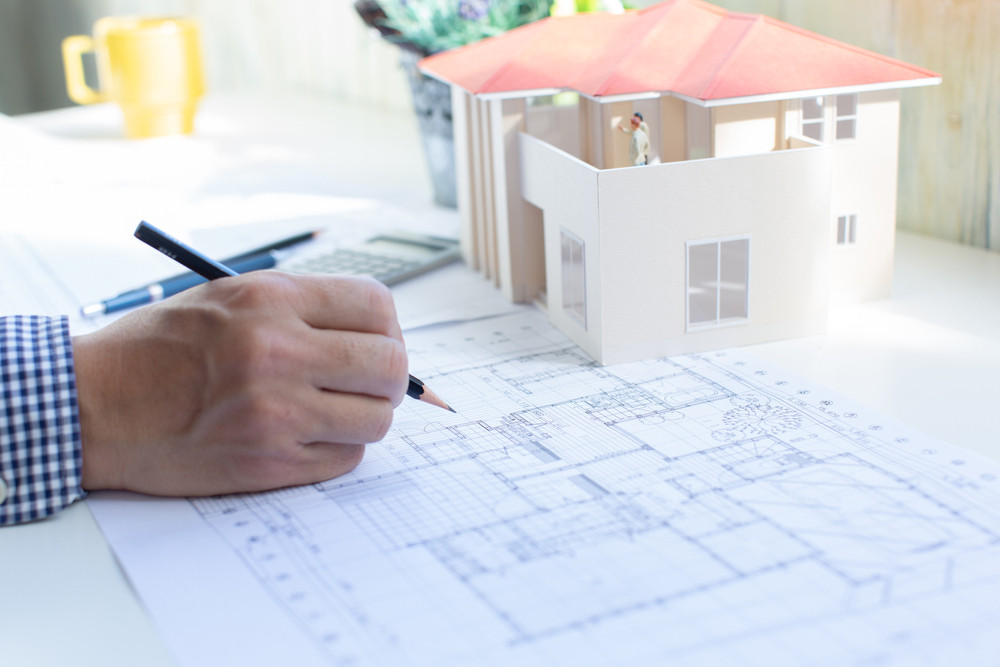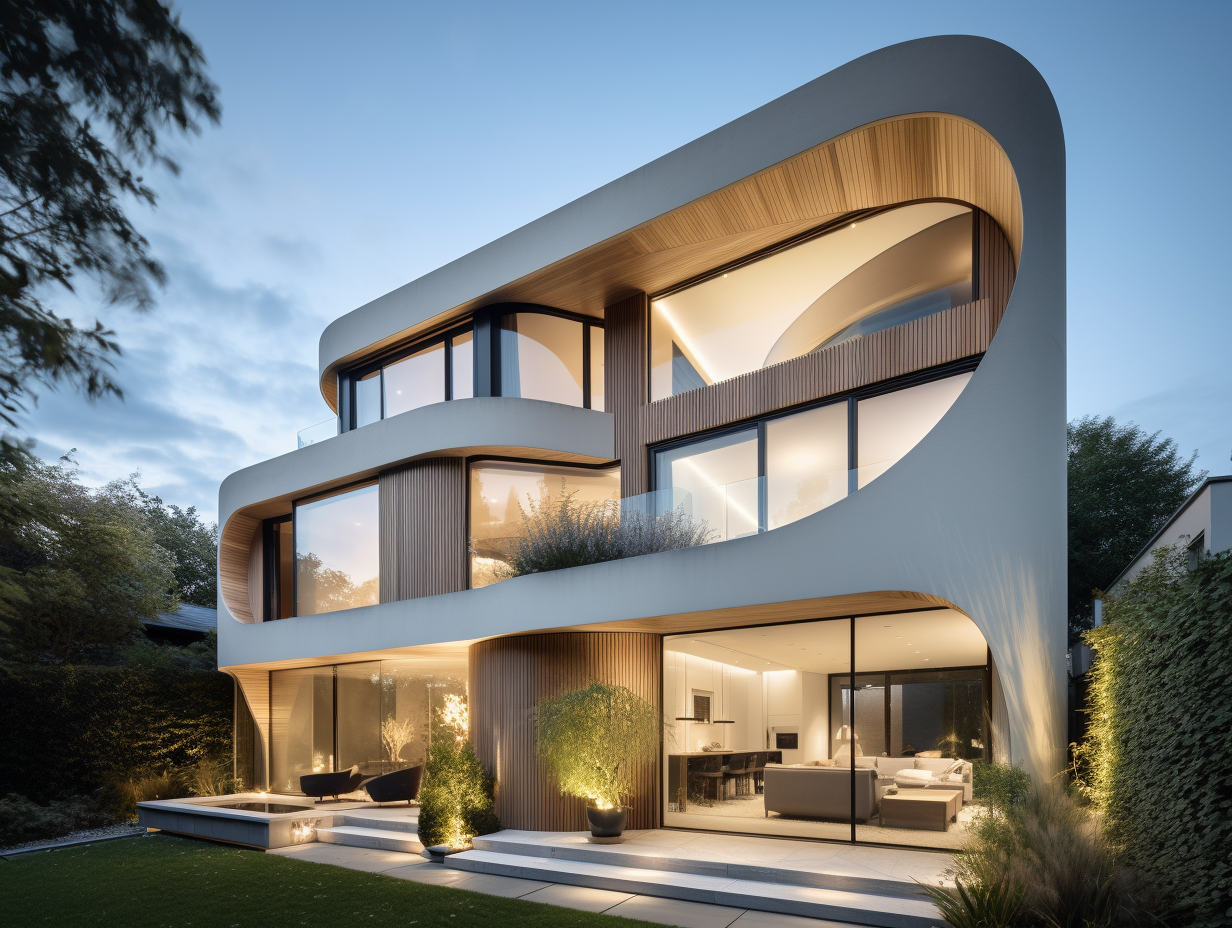A Comprehensive Introduction of Building Styles and Their Influence on Modern City Planning and Advancement
Architectural styles have long worked as a mirror to the social values and technological developments of their time, playing a critical role in forming contemporary city preparation and development. From the grandeur of Neoclassicism to the practical strategy of Brutalism, each style has actually presented special concepts that influence metropolitan looks and capability. As modern obstacles emerge, including sustainability and area requirements, understanding these historic frameworks becomes crucial. The resulting dialogue not only informs future layout methods however also raises essential concerns regarding the equilibrium in between heritage and advancement in our evolving city landscapes.

Historical Summary of Architectural Designs
Throughout background, architectural styles have actually evolved in response to social, technological, and ecological aspects. Each period reflects the dominating values, ideas, and developments of its time, causing a rich tapestry of design that symbolizes human imagination and adaptation. The ancient people, such as the Egyptians and Greeks, developed fundamental designs that stressed symmetry and percentage, offering both useful and visual purposes.
As cultures transitioned with the Middle Ages, Gothic architecture arised, characterized by its verticality and complex describing, mirroring the spiritual aspirations of the era. The Renaissance noted a rebirth of timeless suitables, combining art and architecture in ingenious ways that affected succeeding designs throughout Europe.
The Industrial Transformation introduced brand-new products and construction techniques, motivating activities like Modernism, which tested conventional types and welcomed simplicity and functionality. The 20th century saw a diversity of designs, with Postmodernism reacting against the stark minimalism of its precursor, incorporating historical recommendations and eclectic elements.
Today, building designs remain to advance, driven by globalization and sustainability worries, mirroring a dynamic interaction between heritage and development (cda architects). This historical summary highlights the value of design as a mirror of societal evolution and as a stimulant for metropolitan growth
Trick Architectural Styles Explained
The variety of architectural designs mirrors the myriad impacts that form our built atmosphere, each personifying distinctive features and cultural importances. Key building designs consist of Classic, Gothic, Baroque, Innovation, and Postmodernism, each representing special historical contexts and aesthetic philosophies.
Classical architecture, rooted in ancient Greece and Rome, stresses symmetry, percentage, and using columns. On the other hand, Gothic design, growing between Ages, is characterized by sharp arches, ribbed vaults, and flying buttresses, creating an ethereal high quality in sanctuaries. Baroque design, arising in the 17th century, is marked by majesty, intricate embellishment, and a vibrant interplay of light and darkness.
Modernism, which got energy in the very early 20th century, prioritizes feature over kind, using new materials like steel and glass to produce minimalist structures. Postmodernism, reacting against the austerity of Innovation, accepts eclecticism and historic reference, often integrating lively components and irony.
Understanding these styles provides understanding into the social stories and technological advancements of their corresponding periods, highlighting exactly how design offers not equally as a sanctuary, however as a representation of social worths and ambitions.
Effect On Urban Preparation
Fit the development of cities, architectural styles substantially influence urban preparation decisions. The selection of architectural style typically determines the appearances, performance, and general personality of city atmospheres. cda architects. Innovation, with its emphasis on minimalism and capability, motivates open rooms and the combination of innovation, forming city formats that focus on efficiency and accessibility. Conversely, traditional styles might highlight historic conservation, leading to city layouts that keep cultural heritage and promote pedestrian-friendly environments.
Additionally, architectural styles can affect zoning policies and land utilize policies. Urban organizers must think about the prevailing building patterns when making districts, guaranteeing that new developments harmonize with existing structures. This consideration cultivates cohesive urban landscapes and enhances community identification.
The application of specific architectural go to my site styles can also affect socioeconomic variables within a city. For instance, premium contemporary layouts may bring in upscale citizens and services, bring about gentrification, while extra inexpensive housing solutions may prioritize functional and sustainable layouts to accommodate diverse populations. Ultimately, the interplay in between architectural styles and urban preparation develops dynamic cities that reflect both historic context and modern requirements, shaping the lived experiences of their residents.
Sustainability and Modern Design

Contemporary building activities, such as biophilic layout and green style, advocate for structures that harmonize with their environments, using natural products and advertising biodiversity. These styles often incorporate eco-friendly energy sources, such as solar panels and wind turbines, to visit this site minimize dependence on nonrenewable fuel sources and reduced carbon impacts.
Furthermore, the combination of sophisticated innovations, such as smart structure systems, enhances power administration, optimizing resource usage while guaranteeing resident comfort. Ingenious water management techniques, including rain harvesting and greywater recycling, additional contribute to lasting metropolitan atmospheres.
Significantly, sustainability extends beyond environmental issues; it includes social and financial measurements as well. By fostering neighborhood health and promoting inclusivity, modern-day architectural styles line up with lasting advancement objectives. The advancement of architectural techniques continues to form durable cities that not just satisfy the requirements of the existing however also safeguard the future for generations to come.
Area Engagement in Layout
Neighborhood engagement in style works as an essential bridge in between engineers and the populaces they offer, guaranteeing that the constructed environment mirrors the demands and goals of its users. This collaborative process invites area members to add their insights and preferences, promoting a feeling of possession and responsibility toward the spaces they occupy.
Reliable neighborhood engagement employs different methods, such as workshops, studies, and public online forums, to gather varied point of views. These methods promote a two-way discussion, permitting engineers to recognize regional contexts while empowering locals to voice their problems and desires. This inclusivity not just enhances the style quality however likewise promotes social equity by addressing the distinct difficulties encountered by marginalized groups.
Furthermore, neighborhood engagement can bring about ingenious options that visit homepage might not arise in a standard layout process. By incorporating regional expertise and cultural values, designers can create rooms that reverberate more deeply with users, enhancing usability and sustainability. Ultimately, prioritizing neighborhood interaction in style processes causes environments that support social communications, support well-being, and strengthen neighborhood connections, therefore playing a critical function in shaping modern city landscapes.
Verdict
Architectural styles have greatly influenced contemporary city planning and development, mirroring developing cultural and technical contexts. The integration of historical aesthetics with modern needs fosters urban settings that prioritize sustainability and neighborhood engagement. As cities proceed to grow and adapt, the continuous discussion in between building heritage and modern-day design concepts will remain important in developing inclusive, vivid rooms that improve high quality of life and advertise social equity. The future of metropolitan growth rest on this harmonious equilibrium.